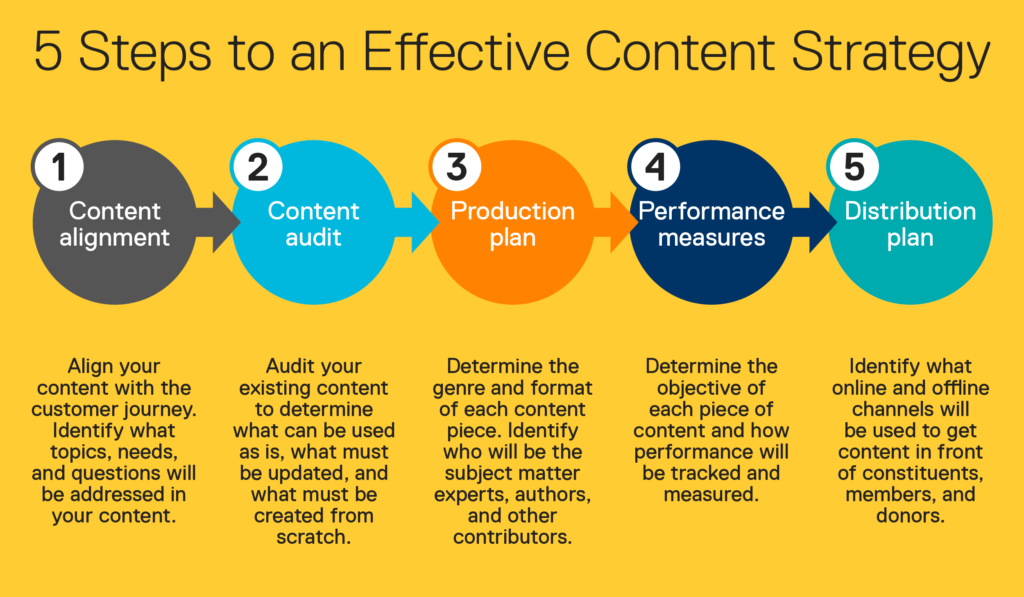Account-based marketing refers to a B2B marketing strategy that pays more attention to each individual accounts and targets each as a market with higher efficiency of personalized 1-1 experience and content.
Account-based marketing enables your marketing team and resources to focus on a specific number of higher value target accounts. In this modern marketing approach, ABM covers about 28 % of total user marketing budgets, and 77% of account-based marketing users gain 10% or even greater ROI. With the best and suitably available tools, team, and procedure in place and on time, any B2B company can develop a successful and effective ABM strategy.
Key aspects of ABM
- Account-based marketing can come up as the best and effective strategy for almost any B2B company; whether it be a small-and-medium-sized business to enterprise, ABM can give all possible excellent outcomes.
- ABM is not the replacement for your tactics and broad-based marketing strategies. In practice, APM works great when executed in combination with strategic broad-based marketing to target top accounts.
- Successful ABM strategies result in developing specific targeted, highly personalized, 1-1 experience.
- About 92% of ABM organizations have in mind to start with an ABM program, but only 19 % of them are confident with their abilities and achieve the desired results with its execution.
- Account-based marketing will help you to find fresh, potential, and high-value customers, according to your current ICP accounts. Apart from this, ABM will also assist you in building your relationship stronger with your existing customers by elevating service, upsell and cross-sell opportunities.
Account-based marketing enables you to overcome the challenges
Sales and marketing teams face quite similar challenges on a daily basis. Let’s look at some of the examples of typical challenges faced by the teams and how ABM helps solve them.
- Challenge 1: Lack of alignment in sales and marketing teams.
As a critical aspect of account-based marketing, its feature of focusing on a restricted number of high-value customers, an ABM strategy streamlined the metrics and goals for which the sales and marketing teams are responsible. Time when both teams are on the edge of reporting revenue and ROI, poor communication cannot be tolerated.
To overcome this challenge, ABM relies on its centralized view. It has the ability to bring teams together under a single view of the customers, gain the full benefit of intent data and interpret when and how to involve a buying committee.
- Challenge 2: You tend to get more failures in deals as you strive hard to deliver personalized engagements at scale.
These days B2B buyers expect highly personalized experiences. As per the data, about 82% of customers believe that a single extraordinary experience raises their expectations of other companies (state of connected customers).
Sales and marketing resources by focusing on a specific group of customers, ABM enables you to deliver the best possible hyper-personalized, 1-1 experience that will engage the whole buying committee and, in turn, result in conversions.
- Challenge 3: Your confusion with your data in building engagements that align with your buyers’ needs.
Every marketing strategy well understands the fact that data is the key to personalization. Still, if the same data is overloaded, it can adversely affect your efforts if you are unaware of where to begin. By restricting your focus to the key accounts, Account-Based Marketing will enable sales and marketing to quickly identify and share the data they need to construct experiences that will align with buyers’ needs and timing.
- Challenge 4: The struggle in maintaining long-term relationships with customers after closing sales.
The 1-1 experience with high personalization is the heart of ABM, which builds the confidence and trust of buyers. This will result in forming a long-lasting relationship and also enhance the lifetime value of your customers. This works for both potential and existing customers as well. The enhanced services and personalized engagements form the core of ABM, and it will help widen the door for new revenue opportunities.
- Challenge 5: You should be able to make the best of a restricted marketing budget and get the desired results.
Account-based marketing helps to maximize marketing budgets, enhances customer retention, and produces ROI easier for tracking. Brand awareness, engagement, and lead quality metrics are also crucial for demonstrating the effectiveness of your ABM strategy, apart from revenue and ROI.
It is pretty clear that with the help of Account-Based Marketing, you can overcome the most significant challenges faced by the sales and marketing team.





